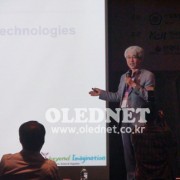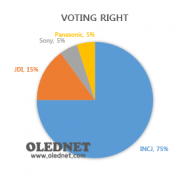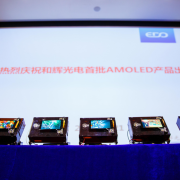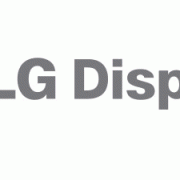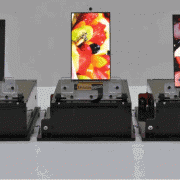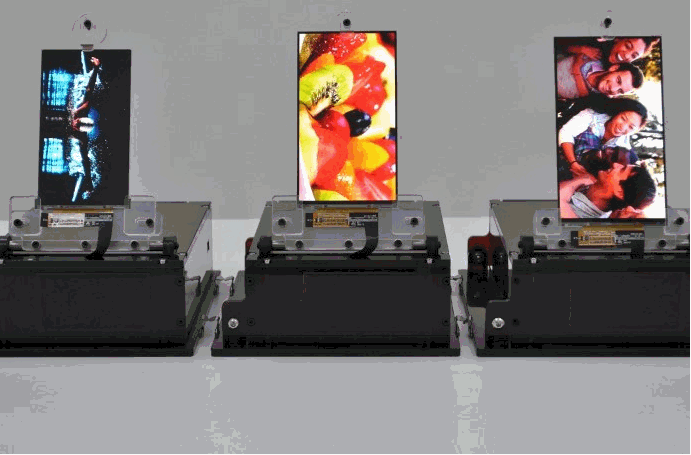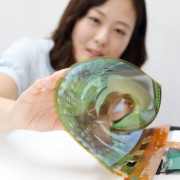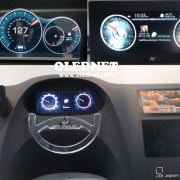AUO, to focus on flexible AMOLED
Touch Taiwan 2014 was held in Taipei, Taiwan from August 27 to 29 with 430 material and equipment businesses including AUO and Innolux which are representative panel makers of Taiwan.
Announcing the company’s UHD curved LCD TV full lineup from 42-inch to 85-inch, public information display, displays of various applications, and high resolution LCD panel and AMOLED panel for mobile, the most crowded booth was obviously AUO.
The AUO released AMOLED panels are the same ones unveiled at the SID 2014 which are 5.5-inch FHD panel, 5.7-inch WQHD panel, 5-inch flexible AMOLED panel, and 1.6-inch AMOLED panel for smart watch.
AUO manufactures the AMOLED panel in RGB (side by side) method. Despite the recent announcement of mass production plan for 5.7-inch WQHD panel, the mass production scheme of AMOLED panel for the use of mobile is delayed due to yielding issues.
The 1.6-inch AMOLED panel of AUO is produced in small quantity, supplied for ASUS’ smart watch. The resolution is 320×320, 227ppi. According to the person in charge of AMOLED, the AUO is capable of producing thin AMOLED panel less than 0.45mm by applying in-cell touch panel with the technology in its possession.
One thing to notice is that the AMOLED TV was not exhibited. AUO demonstrated the AMOLED panel of ink-jet printing method at SID 2014. About 80 engineers are developing the OLED TV in Gen6 R&D line located at Longtan. The investment stagnates as the growth of OLED TV market slows.
Given the latest concentration on flexible AMOLED team from the OLED researchers of AUO, it is expected that the flexible AMOLED is to be included in the AMOLED investment plan for 2015. There is much attention towards the development of AUO that is a relatively newcomer in AMOLED industry.





